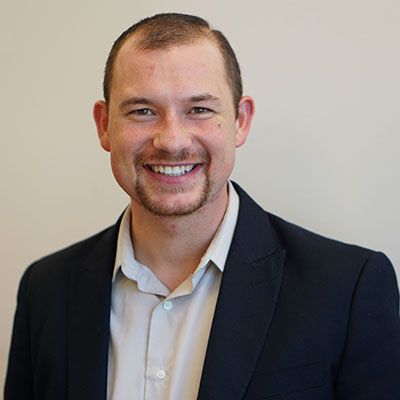As a teenager I attended traditional public schools in Morgan Hill, Calif., a rural suburb just outside of San Jose. At the time, Morgan Hill was regarded as having some of the best schools in the area. Despite that reputation, however, my high school experience often seemed tragically misaligned with my personal academic needs. Like many college-bound students, my schedule was loaded with classes, homework, and extracurricular activities, and I frequently felt like there just wasn’t enough time in each day for everything on my plate. Given that fact, I found it incredibly frustrating that so much of my time at school seemed ill spent as I plodded through the a lock-step bell schedule and semester-based calendar. This inefficiency was highlighted by the fact that many of my classmates would finish most of their homework from their morning classes while sitting through afternoon classes, and still managing to maintain straight A’s. Sadly, the loads of homework we received often seemed more like busywork than like purposefully designed learning activities. While wrestling with these frustrations, I told one of my close friends one morning before school that someday I wanted to start a school that would be drastically different.
Recently our education team toured Silicon Valley Flex Academy, a blended learning charter school that serves students in grades six through 12, located just three miles from the high school I attended. From the moment I walked through the door, Silicon Valley Flex Academy looked different. The main learning space is a large room where students sit at carrel desks with computers. From those personal learning stations they receive all of their core instruction from online curriculum provided by K12, Inc. Around the perimeter of that large room are breakout and collaboration rooms that resembled traditional classrooms. In the breakout rooms, teachers use the student data generated by the online learning platform to pull students for focused instruction or projects. In the collaboration rooms, students meet together for peer tutoring or to work on group projects.
During the tour I was impressed by a number of unique benefits of Silicon Valley Flex Academy’s model:
- Student autonomy – Students have weekly learning goals that they must meet in order to stay on track toward completing their courses, but they are in control of the structure and pace of their learning. This means that their learning is never held up by the pacing of teachers or the needs of classmates.
- High value-add class time – With basic instruction happening online, teachers can design breakout sessions that are targeted at students’ learning needs and focused on high-value learning activities. There are no longer pressures on teachers to come up with activities for the sake of filling all the available time or covering the material.
- Just-in-time support – In the Flex model, students can get help whenever they need it. They do not have to raise their hands and then wait for the teacher to get around to them. They also do not have to worry about asking “dumb” questions in front of their classmates.
- Grades on demand – Students, parents, and teachers have an online dashboard that gives them live snapshots of students’ grades at any given moment. This means parents and students are not in the dark waiting for progress reports every six weeks to provide an opaque snapshot of student learning.
- Eliminating distractions to focus on learning – During our visit, I didn’t see students “goofing off” like I’m accustomed to seeing at traditional middle and high schools. When learning is personalized, students do not find themselves bored or lost and hence are not looking for entertainment or for nonacademic social validation.
- Academic culture – Jean Southland, the Head of School at Silicon Valley Flex Academy, commented during our visit that the personalized nature of online instruction allows for an advanced student and a student with special learning needs to work side-by-side without feeling any self-conscientiousness about their respective strengths and weaknesses. In my estimation, such an environment has the potential to eliminate the anti-intellectual counter-culture that sometimes develops among students who struggle.
Despite my excitement over the benefits of Silicon Valley Flex Academy’s model, I think it is important to note some of its potential drawbacks:
- Academics is still improving – The school’s 2012 API score was 790, just 10 points below California’s benchmark target of 800. The score shows that the school still has room to improve, but it is high enough to also indicate that the model is a viable approach to schooling. It will be interesting to see the incremental improvements that Silicon Valley Flex Academy makes in the years ahead.
- Not a traditional high school – There are some aspects of the traditional high school experience that Silicon Valley Flex Academy just doesn’t provide. Traditional high school amenities like a football team, a marching band, a theater program, or 4H are not available. Nevertheless, the school does offer some alternatives such as classes at a CrossFit gym across the street, music programs through the South Valley Youth Orchestra, and a plethora of student clubs.
Last spring I moved back to Morgan Hill with my wife and our three children. As my children approach school age, I find myself thinking a lot about how to give them better educational experiences than those that I had. Seeing new school models like Silicon Valley Flex Academy makes me optimistic. Like all early-stage innovations, blended-learning models still have room to improve, but the personalized learning experiences they are starting to deliver are truly exciting.

